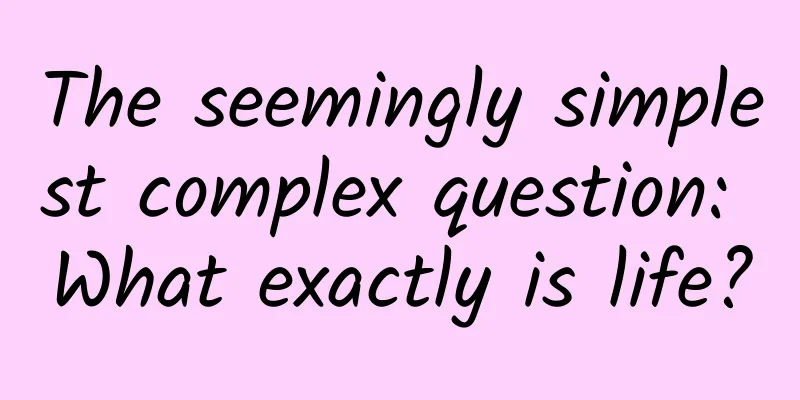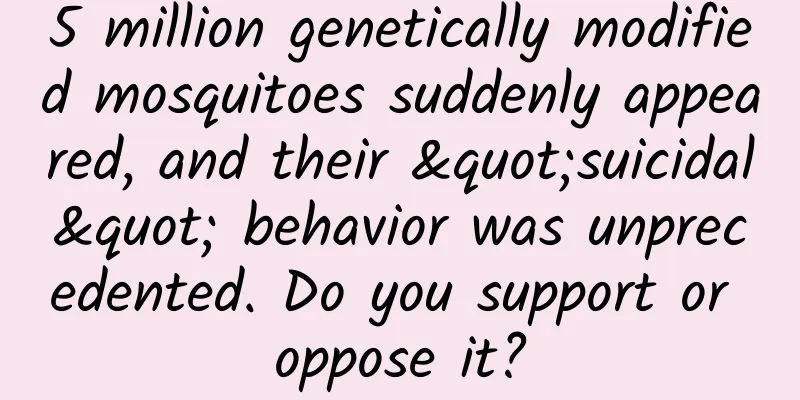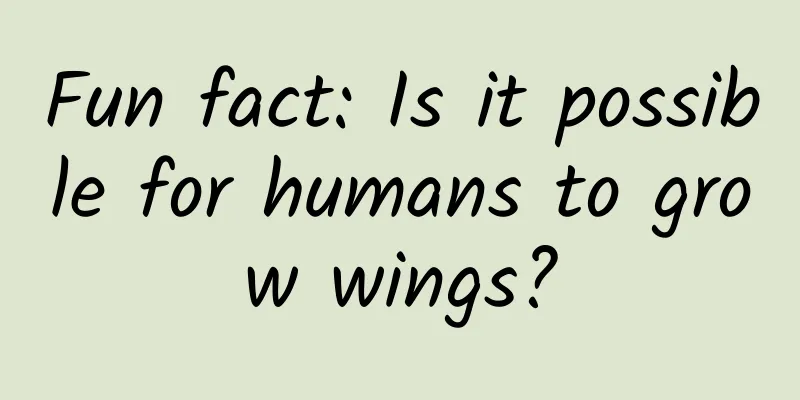The seemingly simplest complex question: What exactly is life?

|
This silly bird is just as confused as the rest of us about the definition of life. © Mark Ralston/AFP via Getty Images Leviathan Press: Wittgenstein famously said the following in Philosophical Investigations: "We may consider, for example, the activities which we call 'games.' I mean board games, card games, ball games, wrestling games, and so on. What do they have in common? - Don't say: they must have something in common, otherwise they wouldn't all be called 'games' - but see if there is something in common among all these - because you can't see with your eyes what all these activities have in common, but you will see similarities, affinities, a whole range of these things. As it was said above: don't think, but look! - For example, look at board games and see their various affinities. Now turn to card games: here you find a lot of things corresponding to the first category of games, but many commonalities disappear, and other commonalities appear. Turning to ball games, some of the similarities remain, but many are gone. — Are they all “leisure”? Compare chess and Connect Three. Or is there always a winner and a loser or competition between the players? Think of solitaire. Ball games have winners and losers; but when a child plays catch against a wall, this feature disappears… The result of this examination is this: we see a complex web of similarities — coarse and fine-grained similarities.” So, when we say something is a "game", it is not because it has some game-specific features or commonalities, but because this activity is similar to some other game activities in some places, which is called "family resemblance". But what are the commonalities of games? Does the definition of a game have clear boundaries? The same is true for what this article explores as life: this will bring a difficult problem, A is similar to B, B is similar to C, C is similar to D, and so on and so forth, there is no end, everything can be considered life... We know something is alive when we see it. Obviously, a bird in flight is alive, and so is a tiny tardigrade darting through a drop of water. But do we humans know what life is? The answer is no. “No one has defined life, and some people will tell you it’s undefinable,” said Carl Zimmer, a New York Times columnist and science reporter. © Wikipedia It’s not that humans haven’t tried to define life. “There are hundreds and hundreds of definitions of life that have been published in the scientific literature,” says Zimmer, who writes about them in his book, Life’s Edge: The Search for What lt Means to Be Alive. They range from simple ones, like life is a metabolic network within boundaries, to sentences that seem like something only someone with a Ph.D. could understand: life is a monophyletic clade that descends from a common ancestor and includes all descendants. There is no agreed definition of life, and this question still puzzles us. It seems like a simple question, and it seems like a fifth grade science homework assignment is this difficult. "We feel like this should be an easy problem, and we really do," Zimmer said. Our brains are actually designed to recognize things like biological movement. Recognizing life seems to come naturally to us, but that doesn't mean we know what it is. The question remains worthy of study, Zimmer said, “just as astronomers disagree on the definition of a star, so too do they disagree on the definition of life. But the definition of life is more important, because it is life.” The problem is that for every definition of life, there is a creature or a confusing quasi-biological entity that completely negates it. I asked Zimmer why life was so hard to define, and whether it was impossible to define life at all. ✡✡✡ Brian Resnick: So what's the problem with NASA's definition of life, or what's the problem with the hundreds of other definitions of life out there? Carl Zimmer: It becomes very difficult because there are so many edge cases, so people start arguing about which definitions are more accurate. B: I know the most famous example is viruses. Can you explain why viruses are so confusing? Are they alive or dead? K: It seems incredible that the virus is alive in some way. We often discussed this during the epidemic - who knows how many new coronaviruses people have bred in the past few years? Not only that, the virus will mutate. Some mutant variants make the new coronavirus more rampant. Viruses are made up of genes and proteins. I mean, what else do you want to know? You think I think viruses are alive, right? © Nature Bu: Yes, the virus looks like it is alive. K: If for you the real thing that represents life is metabolism , then maybe viruses are not life. **For example, eating food, viruses don't do that. Viruses don't have any way to absorb molecules and transform them into new molecules. Viruses don't have a mouth, a stomach, or enzymes. They don't have anything. All the virus has to do is reprogram the cells so that they can reproduce new viruses on their behalf. B: You mentioned NASA's definition of life: "Life is a chemical system capable of Darwinian evolution and capable of self-sustaining." So viruses are Darwinian evolutionary systems, they are chemical systems, but they are not self-sustaining. Ka: That’s right, that’s right. B: So, if viruses are not alive, what are they? K: I don’t know either. But it sounds a bit strange to say that a virus is dead, because by definition, the prerequisite for death is to have once been alive. You could say that viruses are inert or in a quasi-death state. Well, I don't really know. Viruses undergo such huge changes, yet they pass their genes down from generation to generation - it would seem... odd if you were to say this has nothing to do with life. B: If we expand the definition of life to include viruses, what problems does this cause? Why do people express dissatisfaction with this? SK: Well… you know, one of the issues is the boundaries of definition. B: If the definition of life is expanded, what else can be defined as living things? CK: Red blood cells are an interesting example. If you removed all the red blood cells from your body, you would die. These red blood cells have a lot of protein inside them and perform many important functions, especially circulating oxygen from the lungs to the rest of the body. Here's the thing. Like living organisms, these cells have physiological barriers and perform complex biochemical functions. © DeviantArt People talk about the lifespan of red blood cells. They basically only live for a few months in your body. So you think of something that has a lifespan as being alive. What are these cells? Are they dead or alive? They have some features that fit the definition of life, but something is missing that truly makes them alive. B: What is it that makes it alive? K: I mean genes. Red blood cells don't have genes. They can't grow, divide, and replicate, and that's the problem. A baby seal is not troubled by the difficulty of defining life. © Spencer Platt/Getty Images B: So to summarize, why are red blood cells different from what we call "alive"? KA: Look, you say "different from what we call 'alive.'" But does it really have to be the same? B: Oh, I haven't the slightest idea. Ka: Okay, listen to me. Insects like cicadas have some special organs in their bodies, and some bacteria live in the cells of these organs. These bacteria are very important to cicadas because they can provide them with several special amino acids that they cannot get directly from food. © Gulo in Nature In turn, these bacteria consume a lot of the energy from the cicada's food, but once outside the cicada, these bacteria cannot survive. In a chemical sense, they cannot survive on their own. These bacteria have their own genes, so they can reproduce, but they are not individually different. In fact, they can enter the cicada's cells and fuse with them. Are these bacteria alive? I thought you could tell, but unfortunately you couldn't. If your standard for life is "there must be individual differences", then these bacteria are not alive. Bu: These bacteria sound a bit like viruses. Ka: Viruses are more "alive" than these bacteria. These bacteria can only be transmitted from mother to child and cannot infect foreign objects. We are hosts to some prehistoric bacteria. Two billion years ago, our single-celled ancestors bonded with aerobic bacteria. These bacteria eventually became the squishy mitochondria inside our cells, responsible for the body's energy production. Without mitochondria, we would not be able to survive. © Tenor There are some genes inside the mitochondria, but you won't see the mitochondria crawling out of the cell on their own. They can't do that. They can't survive. Bu: So the bacteria in the cicada are alive, but the mitochondria are not, right? Ka: In other words, they participate in the process of being alive. B: OK, so red blood cells and mitochondria are probably not alive, they are just involved in the process of being alive. But are there things that are alive that go beyond any definition of life? KA: One of my favorite examples is the Amazon Molly. This fish looks harmless and you wouldn't even give it a second glance as it swims in streams in Mexico and the United States. Hundreds of years ago, two species of molly fish hybridized and evolved to form today's Amazon molly fish. This hybrid can only produce female individuals , and the offspring are just clones of themselves. © Nonindigenous Aquatic Species However, if you isolate an Amazon molly fish and observe them alone, or put them in a tank, they will not reproduce. The reason is that they still need to mate with males from their original population. B: So the Amazon molly fish do reproduce with a sexual partner, but it's not like they reproduce with males. They can reproduce on their own. K: This species cannot reproduce in its own body. They need to find male fish of other species (to reproduce). Sperm can stimulate the eggs in their body to start developing. But the female Amazon molly fish kills all the sperm and destroys its genes. It's like saying, "You are a good guy, but we are not suitable." Once the molly fish mates with other fish, it will start a chain of self-replication. That's why biologists call it a "sexual parasite." An Amazon molly fish (right) lures a male sailfin molly into mating. The Amazon molly fish has a healthy, diverse genome, despite having been propagated through cloning for 100,000 years. © Manfred Schartl B: This is an interesting and puzzling question because it sounds like something a virus would do, but viruses are not alive. They need a host to replicate themselves. It seems that viruses are different from these little fish that swim around. K: Exactly. Viruses and mollies play tricks on us in the same way. Mollies are fish, they are alive, of course, but if you try to describe in words what it means to be alive, mollies will confuse you. B: Now I understand why this simple question (what is life) is so difficult to answer. I understand what confuses you and me, and what makes red blood cells and viruses not alive, but the Amazon molly fish are. I also understand that language is a big problem in defining the scope of life. Ka: We are also trying to define these boundaries, and perhaps this is just part of the problem. Rather than a scientific problem, it is a philosophical problem. Philosophers have been thinking about this problem for a long time. To understand this problem, a simple way, or a solution, let's first discuss what is a game? If you try to come up with some clear definition of gaming, you will undoubtedly fail. Snow monkeys (Japanese macaques) are undoubtedly living creatures. © Spender Platt/Getty Images Bu: Is the game that difficult? Cards: Do games have to have cards? Well, they can, and they can also have tokens like in Monopoly. Can you make money playing games? Some do. But there are others where you have to pay for them. Do you have to win to play games? Only sometimes. But you would never have a child run into a toy store or an arcade and say, "What is this? I don't understand it." Philosopher Ludwig Wittgenstein once said that games are like families, in that all games are connected in a network of related meanings. B: That sounds a bit hollow. Are you saying that all living things have the same origin, that even wombats and giraffes, two completely unrelated species, are one big family, just like red blood cells? I don't understand. Defining life, is this really what humans need to do? K: It depends on who you talk to. Many people would say that for science, we need to find a definition of life. So this is what drives NASA to define life. We need a definition of life for the sake of law, because everyone is arguing about what started and when. These scenarios all require a clear definition of life. But others say that defining life is absurd and a waste of time. A philosopher named Carol Cleland said that defining life is as silly as alchemists trying to define what water is in the 16th century (based on properties). If you don't understand molecular and atomic structure, it's a waste of time. Water molecules are made of hydrogen and oxygen, and the way these two are combined determines the type of water. Leonardo da Vinci was long dead when chemistry was born. He would pull his hair out trying to figure out what water was. He would write in his journal, "I don't know. It has different colors, different flavors. What is it?" He would bang his head against the wall. We happen to live in an age where chemistry is well-established, so we understand what water is, but we still don't know what life is. B: If we don't have a convincing theory of life... will that prevent us from searching for life in space? Will we find something completely different from life on Earth? K: If we could find another form of life somewhere else, that would be a profound game changer, and maybe we would have to step back and say, what theory can explain both life on Earth and life in Alpha Centauri or elsewhere? I would not be surprised if we encountered something that seemed to be life and we could not understand why. By Brian Resnick Translated by Chao Hang Proofreading/Rabbit's Light Footsteps Original article/www.vox.com/unexplainable/23637531/what-is-life-scientists-dont-agree This article is based on the Creative Commons License (BY-NC) and is published by Chao Hang on Leviathan The article only reflects the author's views and does not necessarily represent the position of Leviathan |
<<: The "Trisomy" appears? This creature can also dehydrate itself!
>>: Is it appropriate to eat wild vegetables in spring? Don’t pick wild vegetables on the roadside
Recommend
Tesla's real rival is here: Audi will launch a pure electric sports car
Although there are companies like Tesla that have...
Four scientists "took a backdoor" and wanted 200 million yuan, but unexpectedly received more than 10 billion yuan, thus starting a decisive battle for China's destiny!
In March 1986, four scientists, Wang Daheng, Wang...
What is the secret weapon for reducing carbon dioxide in the atmosphere?
In recent years, people seem to have become accus...
What is the reason for the drastic reduction in external recruitment at Tencent, Alibaba and Baidu?
[[152761]] Following Alibaba’s announcement in Se...
Will live streaming become a standard for brand marketing?
The start of 2020 may not be so good, especially ...
China Passenger Car Association: Tesla's China wholesale sales in February 2025 were 30,688 units, down about 50% from the previous month
According to the China Passenger Car Association,...
Why has the power battery industry become a hunting ground for capital players?
Recently, four landmark events have shocked the p...
The "unspoken rules" of App Store operation, promotion and marketing
A few days ago, a very suspicious business simula...
How can common goods be sold at 10 times the price in Douyin live broadcast room?
If you are an aspiring merchant, you should not b...
【2014】GitHub China Developer Annual Report
[[127178]] Produced by GitHuber.info team Preface...
Why is the year of birth "offending Tai Sui"? Teach you to open your year of birth in Lu Xun's way
...
Two safety concepts of "country" and "people" in stampede incidents
High-density crowds always bring chaos, and in ch...
MoKee OpenSource 51.1 was officially released on August 1
[[143398]] MoKee OpenSource 51.1 2015-08-01 Offic...
Tik Tok short video eight resources video tutorial
Tik Tok short video eight resources video tutoria...









